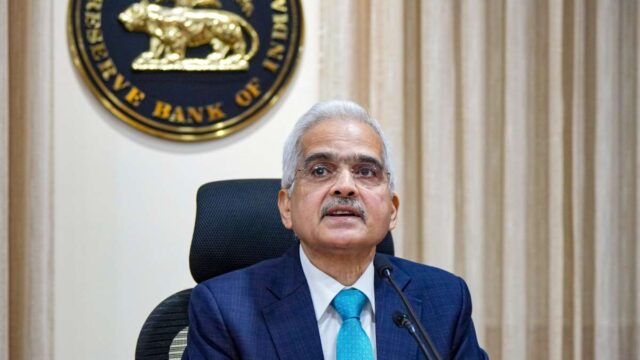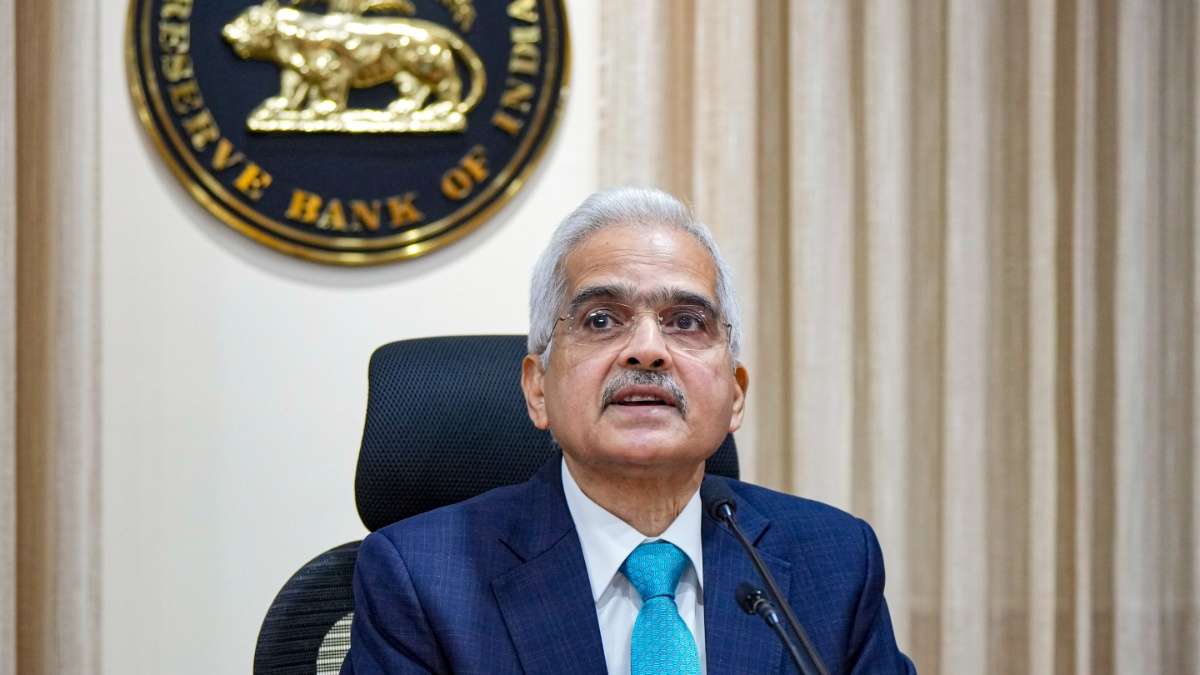
The Reserve Bank of India (RBI) on Friday proposed a facility to allow customers to automatically replenish their UPI Lite wallets. This initiative aims to promote small-value digital payments by simplifying the process for users. Currently, the UPI Lite wallet has a daily limit of Rs 2,000, with an upper limit of Rs 500 for a single payment. UPI Lite acts as an on-device wallet designed for small-value transactions, making digital payments quick and seamless. At present, the UPI Lite app can hold a maximum of Rs 2,000 at any given time.
New auto-replenishment facility
“To encourage wider adoption of UPI Lite, it is now proposed to bring it under the e-mandate framework by introducing a facility for customers to automatically replenish their UPI Lite wallets if the balance goes below the threshold limit set by them,” announced RBI Governor Shaktikanta Das during the bi-monthly monetary policy meeting.
Enhancing ease of use
This new facility is expected to further enhance the ease of making small-value digital payments by ensuring that users’ UPI Lite wallets are automatically topped up when the balance falls below a predefined threshold.
Background on UPI Lite
UPI Lite was introduced in September 2022 to facilitate quick and seamless small-value payments through an on-device wallet. The adoption of this service has been gradually increasing as it provides a convenient way for users to handle minor transactions.
Expanding the e-mandate framework
Governor Das also noted the increasing adoption of e-mandates for recurring payment transactions. He proposed to include payments such as replenishment of balances in Fastag, National Common Mobility Card (NCMC), and other similar services within the e-mandate framework. These payments, while recurring, do not follow a fixed periodicity.
Enhancing convenience for mobility payments
“This will enable customers to automatically replenish the balances in Fastag, NCMC, etc. if the balance goes below the threshold limit set by them. This will enhance convenience in making travel/mobility-related payments,” Das explained. This move is expected to streamline the payment process for travel and mobility-related expenses, providing greater ease and convenience for users.
Also read | RBI keeps repo rate unchanged at 6.5% for eight consecutive time | Key highlights




































